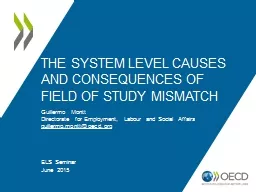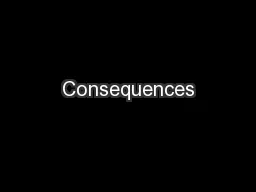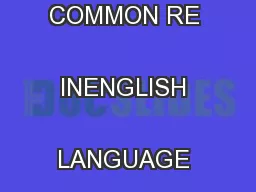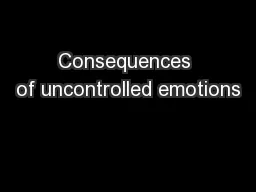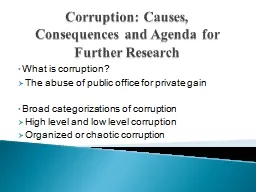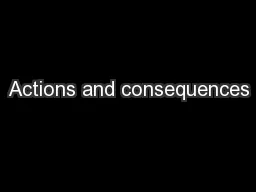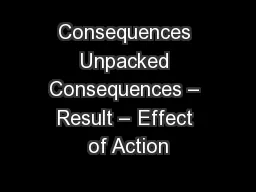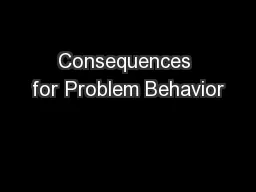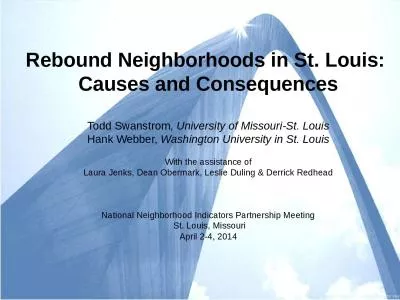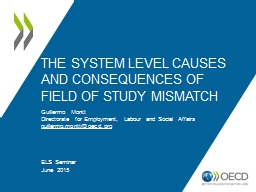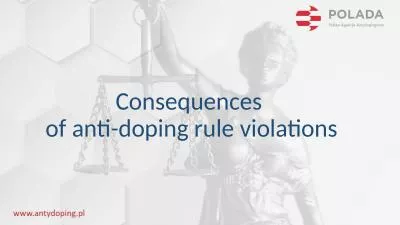PPT-The System Level Causes and Consequences of Field of Study
Author : lindy-dunigan | Published Date : 2016-06-01
Guillermo Montt Directorate for Employment Labour and Social Affairs g uillermomonttoecdorg ELS Seminar June 2015 What is fieldofstudy mismatch English Lit How
Presentation Embed Code
Download Presentation
Download Presentation The PPT/PDF document "The System Level Causes and Consequences..." is the property of its rightful owner. Permission is granted to download and print the materials on this website for personal, non-commercial use only, and to display it on your personal computer provided you do not modify the materials and that you retain all copyright notices contained in the materials. By downloading content from our website, you accept the terms of this agreement.
The System Level Causes and Consequences of Field of Study: Transcript
Download Rules Of Document
"The System Level Causes and Consequences of Field of Study"The content belongs to its owner. You may download and print it for personal use, without modification, and keep all copyright notices. By downloading, you agree to these terms.
Related Documents

